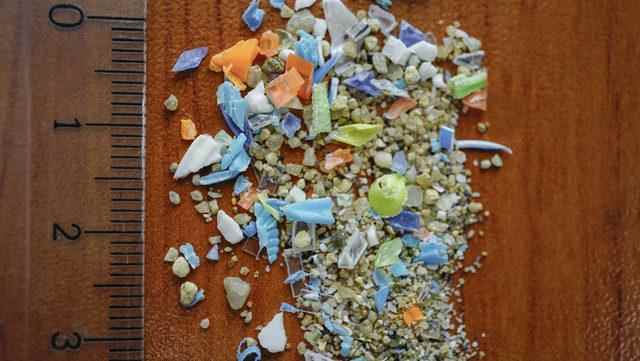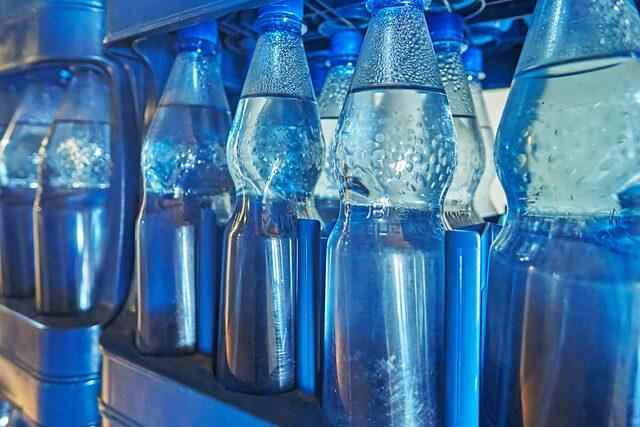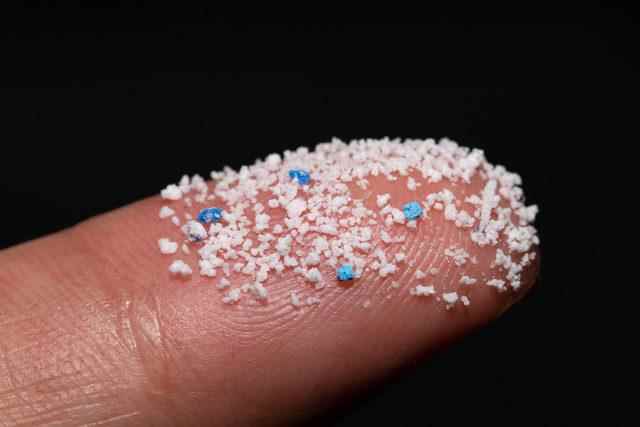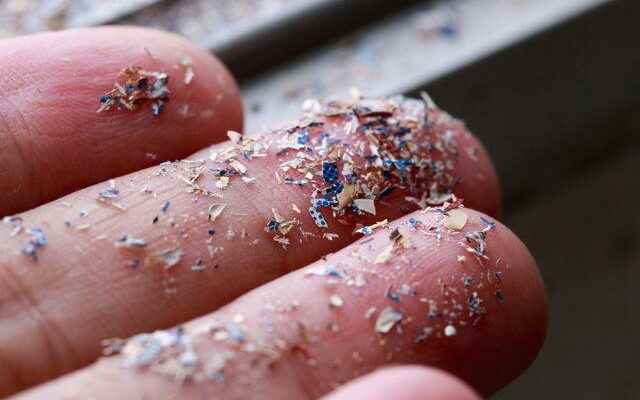Microplastics are tiny bits of plastic that pollute the air, oceans and the food we eat. Scientists have discovered that we carry microplastics in our bloodstream, but it is not yet clear how dangerous this is to human health.
Here’s what you need to know about how microplastics get into your blood, what it means for your health, and how to avoid them.
WHAT ARE MICROPLASTICS?
Board-certified medical toxicologist and Associate Medical Director, Dr. “Microplastics are small pieces of plastic, typically less than 5 millimeters in length, that form when plastic products degrade in the environment,” says Kelly Johnson-Arbor.
They usually come from plastic products that we discard and disperse into land and oceans where they are exposed to water currents, wind and sunlight.
Johnson-Arbor says that because plastic doesn’t biodegrade easily, these environmental effects break it down into much smaller pieces.
According to Dick Vethaak, professor of environment and health at VU University of Amsterdam in the Netherlands, some of the main sources of microplastics include:
- Disposable packaging materials such as plastic bags and containers
- synthetic clothing fibers
- tires
- Paints and coatings
- Emissions from factories and facilities
IS THERE A MICROPLASTIC IN HUMAN BLOOD?
Because microplastics are so small, we consume them unknowingly. “There are reports of increased microplastic contamination in our drinking water, milk, food, and air,” says Vethaak.

A 2021 study estimated that children ingest more than 500 microplastics per day, and adults about 900. Scientists state that this is an early estimate and the actual numbers could be much higher.
DETECTED IN HUMAN BLOOD
While most of the microplastics we consume travel through our digestive tracts and end up in our stool, a tiny fraction of the tiny microplastics called nanoplastics can cross the barriers of your lungs and intestines and enter your bloodstream, Vethaak says. A 2022 study backed this up by finding evidence of microplastics in human blood. The researchers acknowledged that this could be a risk to public health.
IS IT DANGEROUS TO CONSUMPT MICROPLASTIC?
Experts still don’t know exactly how dangerous microplastics are to your health. To understand this, “we need more studies on how the human body processes and gets rid of microplastics,” Johnson-Arbor says.

Animal studies and research on human cells have shown that exposure to microplastics can cause inflammation, hormone disruption, and other adverse health effects.
Experts warn that there are several key health issues that may be linked to microplastics:
Toxic substances: Microplastics can absorb toxic substances such as pesticides, heavy metals and cancer-causing chemicals.
Digestive problems: Some research suggests that people with inflammatory bowel disease consume more microplastics than others. Microplastics can cause inflammation in the digestive tract.
Infections: Vethaak says that harmful microbes such as bacteria can grow on microplastics, so they can carry diseases directly into our bodies when we breathe in or swallow the stains.
Vethaak says it’s possible for microplastics to build up in your tissues and organs, wreaking havoc with prolonged exposure.
HOW TO PROTECT FROM MICROPLASTICS?
Avoid using skin care products that contain micro or nanoplastics. Be sure to check the content of the product you are going to buy.

Ventilate your home or office regularly. Because plastic particles tend to accumulate heavily in indoor dust.
Buy clothes made from natural fibers such as cotton or linen. Synthetic fibers such as polyester and nylon can release microplastics when you wear or wash them.
Do not store or heat food or drink in plastic containers.
Avoid eating canned food. The boxes contain a layer of plastic that can release dangerous chemicals and plastic particles.
Avoid drinking water from plastic bottles. A 2018 study found that bottled water contains nearly twice as much microplastics as tap water.
